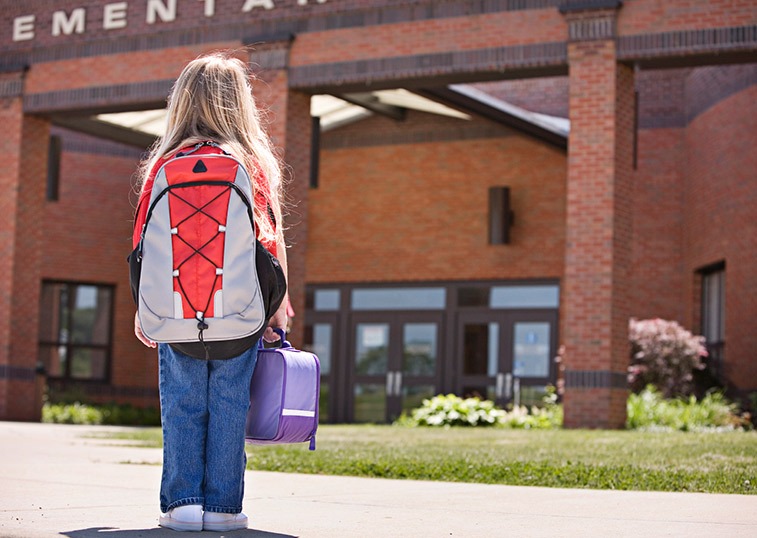If you notice your child scratching or complaining of an itchy scalp, you may wonder if head lice could be the culprit.
Lice are pesky pests, but they’re nothing to panic over. The first step to take if you suspect your child has lice is to take a deep breath and then educate yourself on lice prevention and treatment.
What are head lice?
Head lice are tan to gray bugs about the size of a sesame seed. A head lice infestation is very common in school-age children and is generally harmless.
Though stigmatized, lice do not carry disease and are not a sign of poor hygiene. No matter how clean your child’s hair is, they’re just as likely as any other kid to get lice.
How do lice spread?
Lice can’t jump, don’t infest pets and can’t live off of the scalp for more than one day. Instead, they’re passed by direct head-to-head contact.
That’s why the only way to prevent lice is to make sure your child knows not to share combs, hats and headgear.
How do I know if my child has lice?
Diagnosing a child with lice doesn’t require special testing. You can figure out if your child has lice by looking closely at their scalp. Look for adult lice, baby lice or eggs in the hair.
Lice tend to cluster around the nape of the neck and around the ears. You’re also more likely to see their eggs than the lice themselves. Lice lay eggs, called nits, that firmly attach to the hair near the scalp. Nits look like dandruff or dirt and are easily mistaken for that. The main difference between them is debris and dandruff can easily be brushed off; lice can’t.
How do I get rid of lice?
Lice can be an ongoing battle, so fight their persistence with your patience.
Start treatment with lice removal products, occlusive (oily) substances or over-the-counter medications. There are a lot of options available. If you need some help figuring out where to start, ask a pharmacist or your child’s primary care provider.
After treating the lice, it’s important to remove all nits from the hair. Use a special comb to make sure no eggs are left behind. While time-consuming, this is the most important step to getting rid of lice and holding off a recurrence. Nits hatch one to two weeks after they’re laid, so leaving some behind now will lead to more treatments later.
Next, wash all bedding and clean all hair care items after treating your child’s hair. Check all family members for lice and treat any lice you find.
Continue to check your child’s head and other family members daily. If you find new lice or nits, re-treat and experiment with other treatment products.
If you’ve tried everything and are still finding live lice or nits, contact your child’s primary care provider. Prescription treatment is sometimes necessary.
Learn more
- Follow these backpack tips to help protect your child’s back
- Your top 10 Googled questions about kids and the flu
- College students: Find your dorm, then find a clinic
…
Posted In Back to School, Children's, Health Information, Parenting
